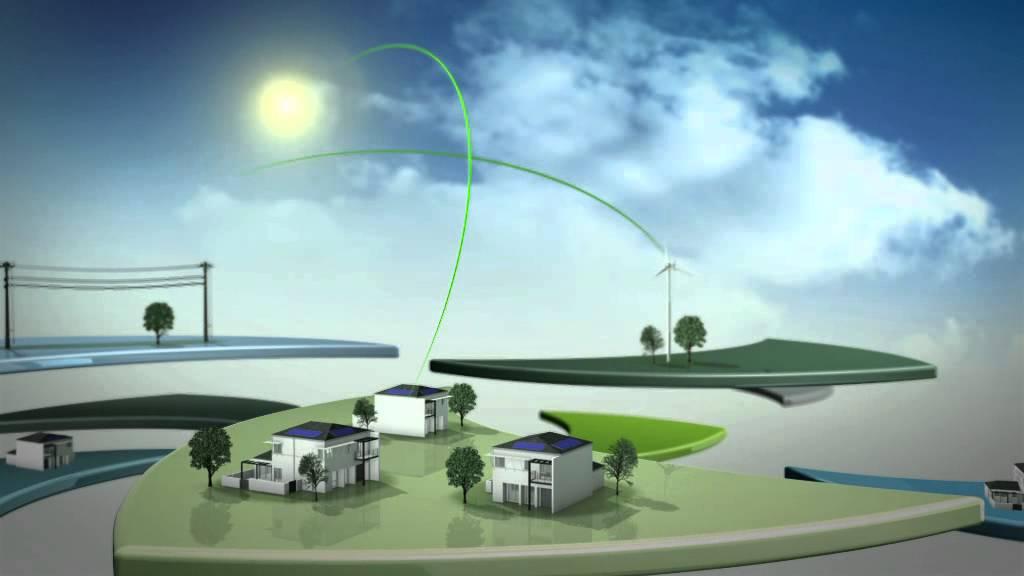What is Distributed Generation?
Distributed energy refers to small-scale power generation technologies installed close to the end-users of the power, as opposed to large central station generation which typically feeds power into a high voltage transmission and distribution grid for towns and cities located at considerable distances.
Advantages of Distributed Generation
Distributed energy provides several advantages over centralized power generation:
Reliability and Resilience
By having multiple small generation points located close to the load, distributed energy increases the reliability and resilience of power supply. If one distributed generator fails, it will not impact power supply to a large area. This also reduces transmission and distribution losses as power need not travel long distances.
Reduced Transmission and Distribution Infrastructure Costs
Distributed energy reduces the need to continuously upgrade the transmission and distribution infrastructure to transport power over long distances as generation is located close to the load. This saves huge capital expenditure required for network upgrades.
Utilization of Local Energy Resources
Distributed generators allow the utilization of local energy resources like biomass, urban waste, biogas, solar energy etc. which may not be economically viable to transport over long distances to a centralized power plant. This enhances energy security.
Lower Carbon Emissions
Distributed energy especially from renewable resources reduces greenhouse gas emissions by displacing centralized fossil fuel generation. It also reduces emissions from avoided transmission line losses.
Impact on Grid Operation
While distributed energy provides several benefits, its proliferation also poses new operational challenges for grid management which need to be addressed:
Voltage Regulation Issues
The injection of power from multiple distributed generators can cause voltage rise issues on the distribution network. Advanced inverters and smart meters are required to help regulate voltage within limits.
Fluctuating Power from Renewables
The variability and uncertainty from renewable distributed generators like solar PV and wind turbines makes it difficult for grid operators to balance supply and demand at all times. Energy storage and demand response can help address this issue.
Reverse Power Flows
During periods of excess distributed energy, power may flow back from the distribution system towards the substation. Grid codes need modifications and protection schemes to safely allow two-way power flows.
Get More Insights on- Distributed Generation
For Deeper Insights, Find the Report in the Language that You want:


